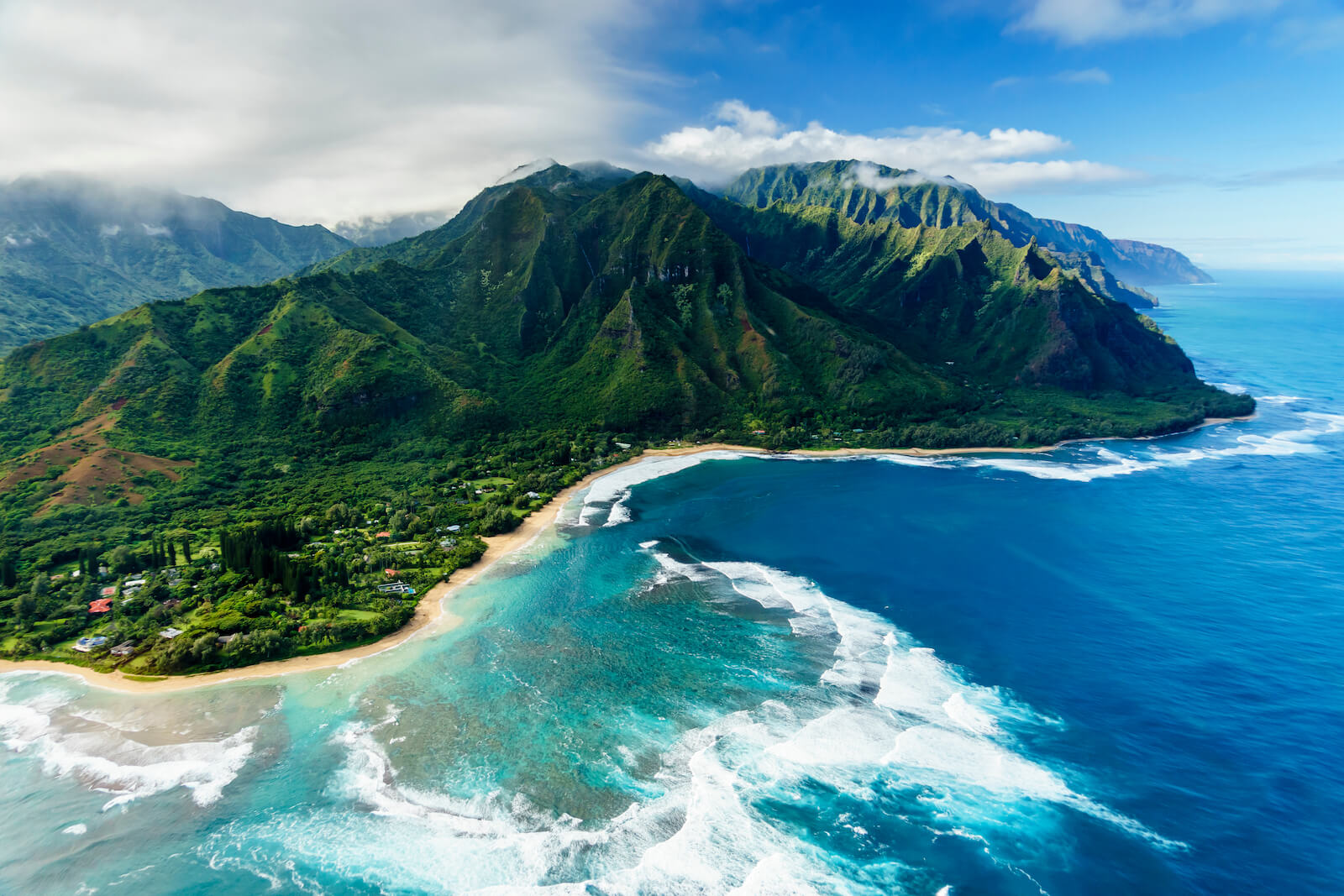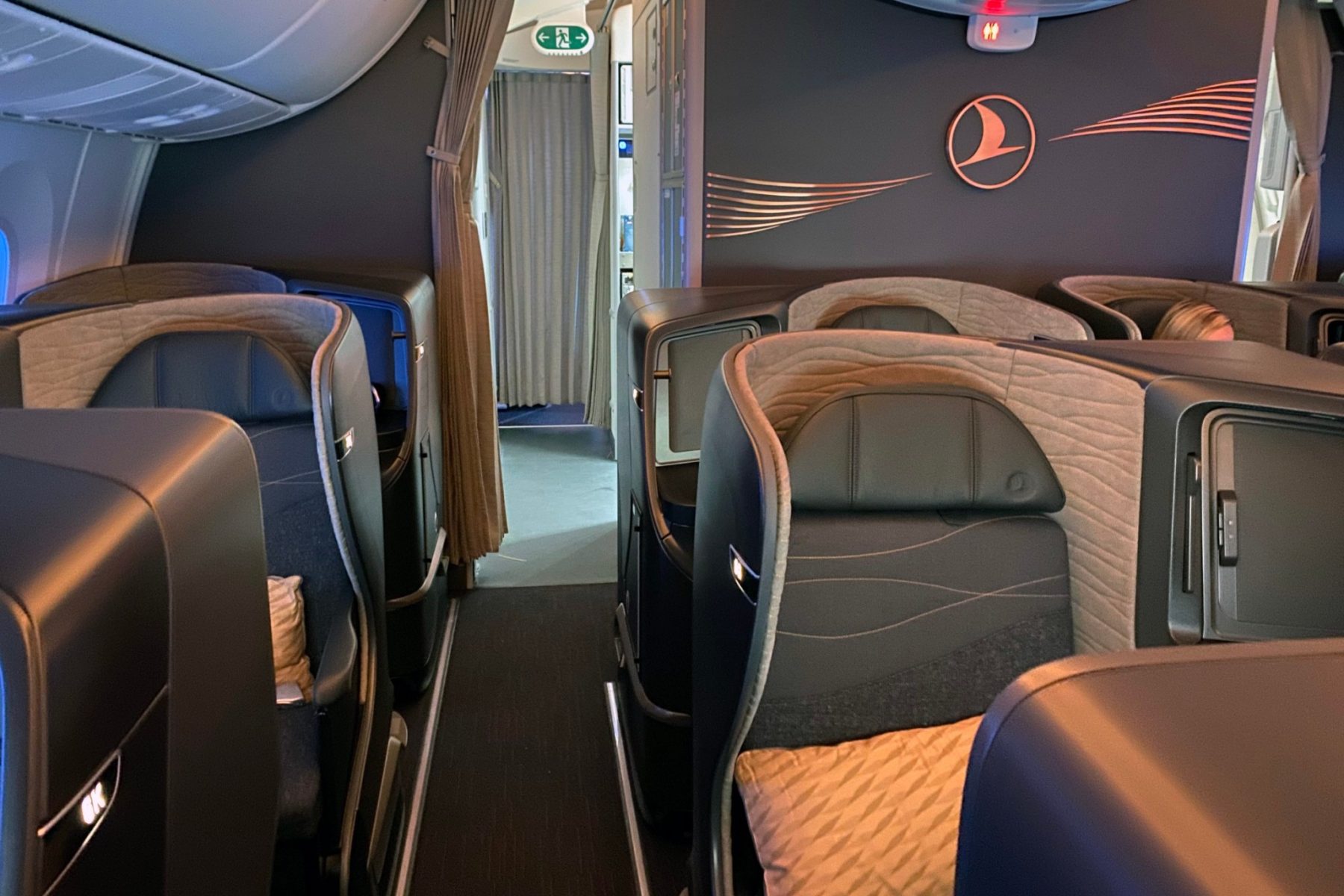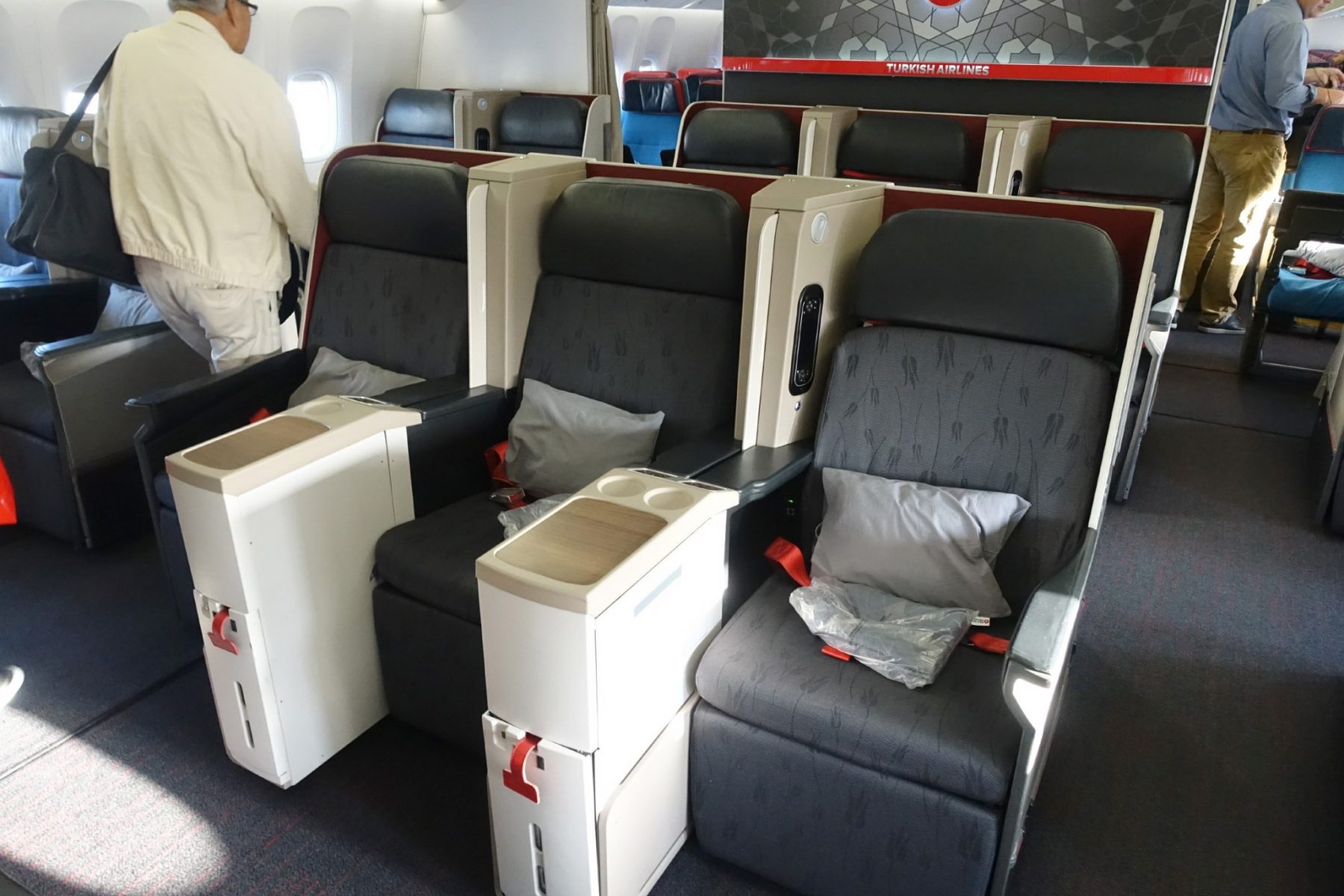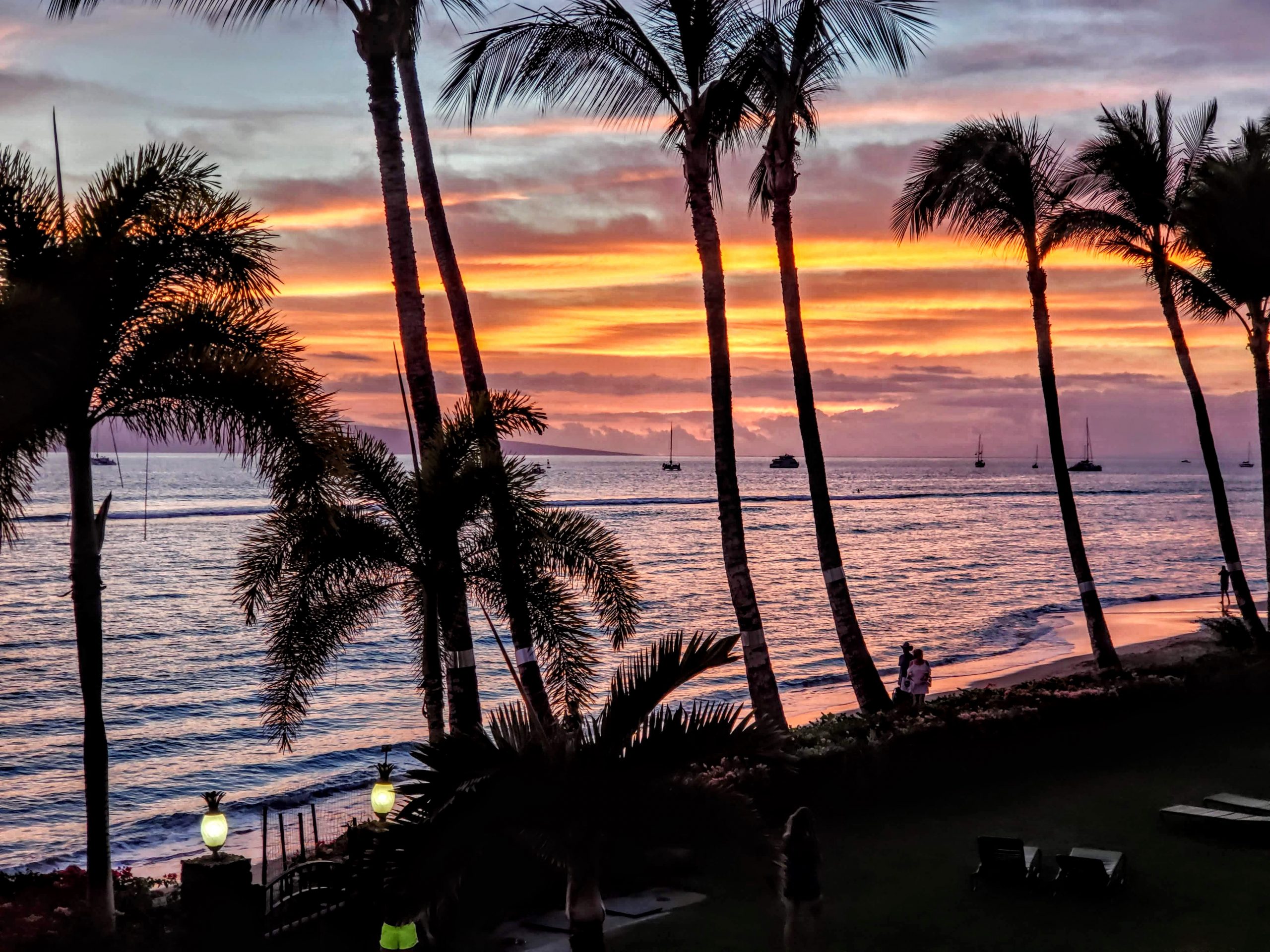Citi
If you’re looking for the best Citi credit card, you’ve got options to fit almost any travel goal or spending style. You can get a cash-back credit card if you like straightforward rewards, or you can go with a card that earns you flexible points that can be transferred to airline partners for amazing travel experiences. Various Citi cards offer solid points-earning opportunities on travel as well as everyday purchases like groceries and dining.
Citi is an MMS advertising partner.

















